Balls Of Fire, Then And Now
Chrysler’s recent decision to snub a recent NHTSA recall request is big news. I need not restate the facts of the story, if you are a “car guy” and haven’t heard the sordid details, or noticed the dramatic photos of burned out Jeep Grand Cherokees and Liberties posted all over the internet in the past few days, you must live under a rock. With 2.7 million vehicles involved the costs of conducting such a recall would be staggering but, ultimately, inaction may cost the company even more money if consumers lose confidence in the brand.
Because the root cause of the recall is said to involve rear-end collisions, ruptured fuel tanks, and the possibility of a death so gruesome that most of us shudder to even think about it, people are drawing a natural comparison between the current case and the Ford Pinto debacle of the 1970s. They appear the same on the surface but that’s only because, as much as I am loathe to admit it, the ‘70s were a long time ago and public awareness of the details of that earlier case has wasted away. In their rush to assert that history is repeating itself, people leap over a critical piece of the story that makes what happened almost 40 years ago much, much worse. Namely that Ford knew about the tendency of the Pinto to explode before the cars even left the factory, and, because it would cost an extra $11 per car to fix, they elected not to act.
The case against Ford was laid out in great detail by Mother Jones News in their October 1977 issue – view the original article – and it makes chilling reading. In a nutshell, that article states that the problems with the Pinto’s fuel tank became apparent during pre-production crash tests, but that Ford elected to go ahead with the car as designed because the tooling for the cars was already in place and because the overall cost to upgrade the car was deemed to be higher than the cost potential settlements to the families of those people unfortunate enough to be burned alive in an accident. Mother Jones backed up this assertion with a leaked Ford memo that revealed that an internal cost-benefit analysis had determined that the company’s average estimated payout in the event of a death caused by the defect would be $200,000. Crunching the numbers, then, was simple: $11 times X million cars over the car’s product cycle vs $200,000 times a projected 180 burn deaths per year. Chillingly logical, isn’t it?
Once Mother Jones blew the lid off this story, people got enraged and Pinto sales dropped precipitously. In 1977, seven full years after the car’s introduction, Ford finally made the required modifications and the car continued to appear on Ford lots where it sold in much smaller numbers until it finally went away in 1980. Today, the Ford Pinto has virtually vanished from the streets and, when they do appear, they seem more an oddity than a rolling death trap released upon the world through corporate duplicity.
I suppose that those whose lives have been effected by current “alleged” defect in Chrysler’s Jeeps will care little about the distinction I make between a vehicle that is determined after the fact to have a possibly deadly defect and one that left the factory with a similar defect with the full knowledge of the people running the program, but to me the difference is an important one. One is a mistake, the other is murder. One deserves to be prosecuted and the other made right. Both, however, need to be remembered in their correct context.
Even so, Chrysler should not ignore the lesson that Ford learned in the ensuing debacle. People don’t like to be burned alive in their cars. We don’t even like the thought of it. Over time we may forget the specific details, but we will remember the part about the burning. Don’t forget that. Make this right before its too late.
Thomas Kreutzer currently lives in Buffalo, New York with his wife and three children but has spent most of his adult life overseas. He has lived in Japan for 9 years, Jamaica for 2 and spent almost 5 years as a US Merchant Mariner serving primarily in the Pacific. A long time auto and motorcycle enthusiast he has pursued his hobbies whenever possible. He writes for any car website that will have him and enjoys public speaking. According to his wife, his favorite subject is himself.
More by Thomas Kreutzer
Latest Car Reviews
Read moreLatest Product Reviews
Read moreRecent Comments
- Jeff I do think this is a good thing. Teaching salespeople how to interact with the customer and teaching them some of the features and technical stuff of the vehicles is important.
- MKizzy If Tesla stops maintaining and expanding the Superchargers at current levels, imagine the chaos as more EV owners with high expectations visit crowded and no longer reliable Superchargers.It feels like at this point, Musk is nearly bored enough with Tesla and EVs in general to literally take his ball and going home.
- Incog99 I bought a brand new 4 on the floor 240SX coupe in 1989 in pearl green. I drove it almost 200k miles, put in a killer sound system and never wish I sold it. I graduated to an Infiniti Q45 next and that tank was amazing.
- CanadaCraig As an aside... you are so incredibly vulnerable as you're sitting there WAITING for you EV to charge. It freaks me out.
- Wjtinfwb My local Ford dealer would be better served if the entire facility was AI. At least AI won't be openly hostile and confrontational to your basic requests when making or servicing you 50k plus investment and maybe would return a phone call or two.



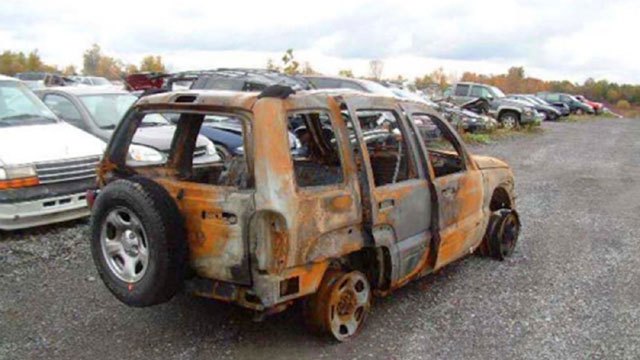















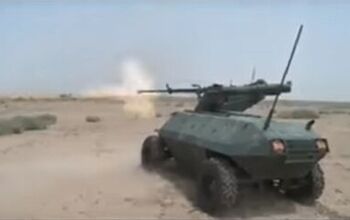

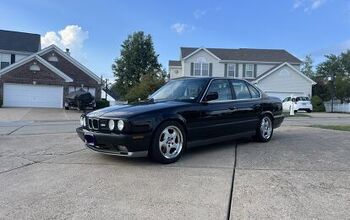
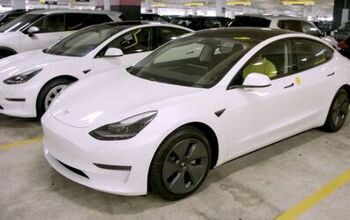
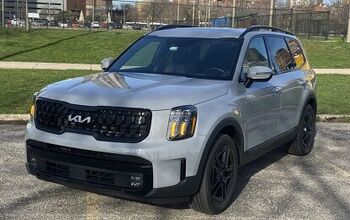
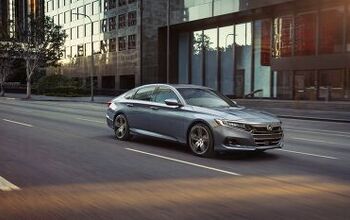

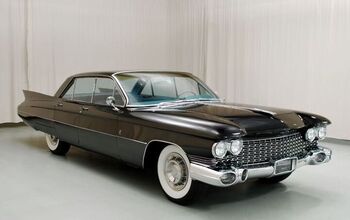

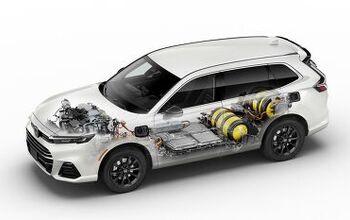
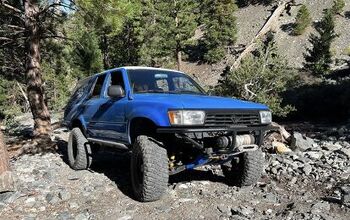

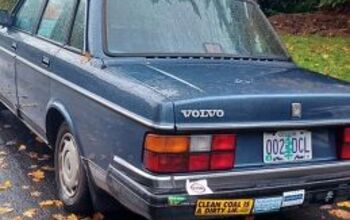


Comments
Join the conversation
They did a Pinto styled recall on my 1977 Chevrolet Chevette. Added a plastic shield between the fuel tank and rear differential. I wonder if it was a proactive fix or they had as many fires as Ford.
Well said Thomas . Driving is dangerous no matter how you look at it ~ I was waiting at a red light on my Moto in 2008 , 04:30 when I was rear ended by a gypsy cab and nearly killed ~ it just happens sometimes . Although I own several Mercedes W-123s , I vastly prefer driving my '69 Chevy C/10 pickup or 1959 Metropolitan Nash Fixed Head Coupe everywhere I go , including Death Valley etc. Both are DEATH TRAPS but . life is uncertain , instead of living in a cocoon and crying myself to sleep , I embrace life and if I die , so be it . You alls might want to read up on what actually happens when you " burn to death " because you don't ~ you suffocate after the hot gasses & air burn away the bronchial matter in your lungs.... For real fun , look at the old safety test films of GM pickups being center punched with the in cab's fuel tank full of red dyed fuel ~ scarier than anything I've ever experienced but I still drive it daily . -Nate